Inspired by the direction taken by Caspar David Friedrich in art, Friedrich von Schlegel in literature and Johann Wolfgang van Goethe in philosophy, the so-called “early Romantic” composers began what was to become one of the most important movements in Germanic musical history. Ludwig van Beethoven, ETA Hoffmann, Felix Mendelssohn and Carl Maria von Weber all served as the catalysts who influenced the next generation of composers in this style.
In Germany, the leading members of this group were Johann Wenzel Kalliwoda, Bernhard Henrik Crusell, Ferdinand Ries, and Bernhard Heinrich Romberg. In Vienna, the field was dominated by Franz Schubert, Anton Eberl, Sigismund Ritter von Neukomm, and Daniel Gottlieb Steibelt; in the Netherlands, it was Johann Wilhelm Wilms and Johannes Bernardus van Bree and in Bohemia, Friedrich Dionys Weber was also an important figure.
In France, this Romantic movement took off as well. Luigi Cherubini, Martin-Pierre d’Alvimare, and Francesco Petrini were the forerunners of the French Romantic style. They were followed by Camille Saint Saëns, Théodor Dubois, Emmanuel Chabrier, and Jules Massenet. Following in their footsteps were Émile Pessard, Paul Jeanjean, Aymé Kunc and Robert Guillemeyn. Perhaps the most famous composer in France at this time was Jacques Offenbach, whose operatic style dominated Europe (and indeed most of the world!) for the second half of the 19th century. And of course, let us not forget Giuseppe Verdi who was unquestionably the Italian operatic counterpart to Offenbach. Last but not least was George Templeton Strong, an American composer and painter who ultimately moved to Switzerland to further his career.
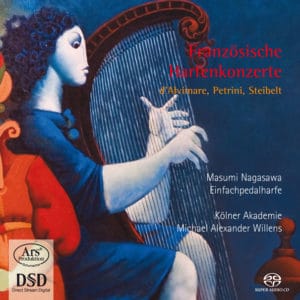
incl. VAT
plus Shipping Costs
Add to cart
incl. VAT
plus Shipping Costs
Add to cart
incl. VAT
plus Shipping Costs
Add to cart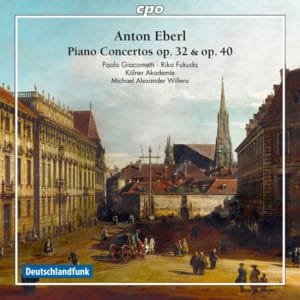
incl. VAT
plus Shipping Costs
Add to cart
incl. VAT
plus Shipping Costs
Add to cart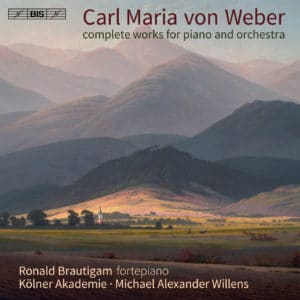
incl. VAT
plus Shipping Costs
Add to cart
incl. VAT
plus Shipping Costs
Add to cart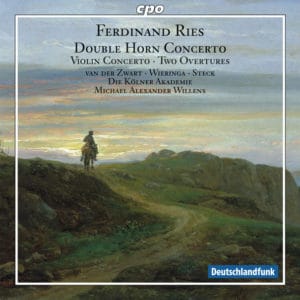
incl. VAT
plus Shipping Costs
Add to cart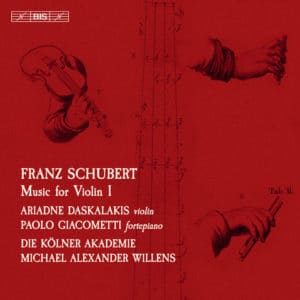
incl. VAT
plus Shipping Costs
Add to cart
incl. VAT
plus Shipping Costs
Add to cart
incl. VAT
plus Shipping Costs
Add to cart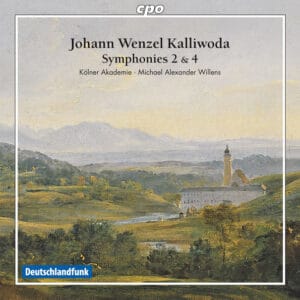
incl. VAT
plus Shipping Costs
Add to cart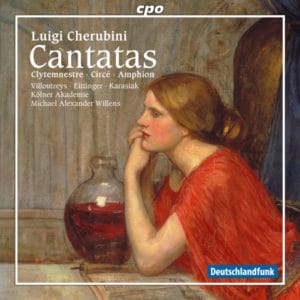
incl. VAT
plus Shipping Costs
Add to cart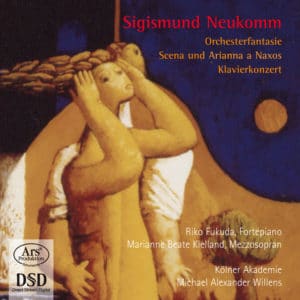
incl. VAT
plus Shipping Costs
Add to cart